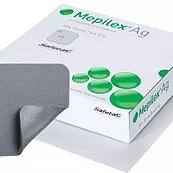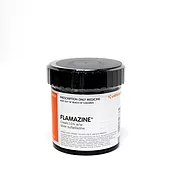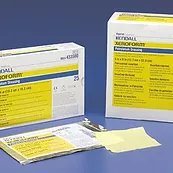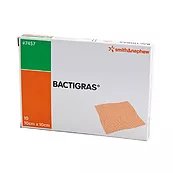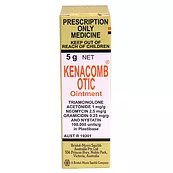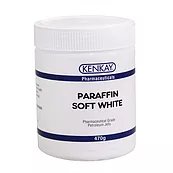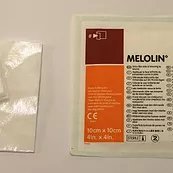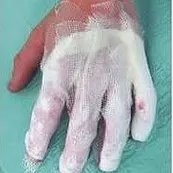Information for Practitioners
Burns physiotherapy
When to refer to Physiotherapist after burns treatment?
Burns to Hands
Physiotherapy aims to achieve full hand range of motion, minimise oedema and ensure use of hand in daily function from Day 1 post injury. Fingers should be bandaged individually to ensure the patient can regularly practice finger movement and use hand functionally.
Burns that cross any joint (including neck / face)
Physiotherapy aims to achieve full range of movement of the affected joints and prevent contracture development
Burns to lower limbs especially when over foot
Physiotherapy aims to ensure the patient is mobilising full weight bearing with appropriate gait pattern from Day 1 post injury. It is important to avoid crutches where able as the patient will have a better outcome if they are able to walk with a normal gait pattern from Day 1 of their injury. To allow this mobility appropriate lower limb compression may be required and appropriate footwear prescribed eg sheepskin lined postop shoes for burns to soles of feet.
Suspected Inhalation injury
Physiotherapy aims to assist the patient with breathing exercises that improve air entry and secretion removal.
Further information
If you require any further information regarding Physiotherapy after Burn Injuries please contact Anita Plaza, Team Leader Physiotherapist via:
- Phone: (07) 3646 8111
- Pager: 42433
- Email: anita.plaza@health.qld.gov.au
Physiotherapy exercise handouts
Contact us
Burns Outpatient Clinic
Location: Level 1 Dr James Mayne Building
Phone: (07) 3646 6738
Professor Stuart Pegg Adult Burns Unit (Ward 4C)
Location: Level 4 Dr James Mayne Building
Phone: (07) 3646 3273
Need help outside hours?
For non-urgent medical issues call 13 HEALTH (13 43 25 84) or visit your GP.
In an emergency call 000.
Refer a patient
To refer your patient, view the Burns referral guideline.
Emergency patient transfer form
GP and Specialist Referral Hotline: 1300 364 938


